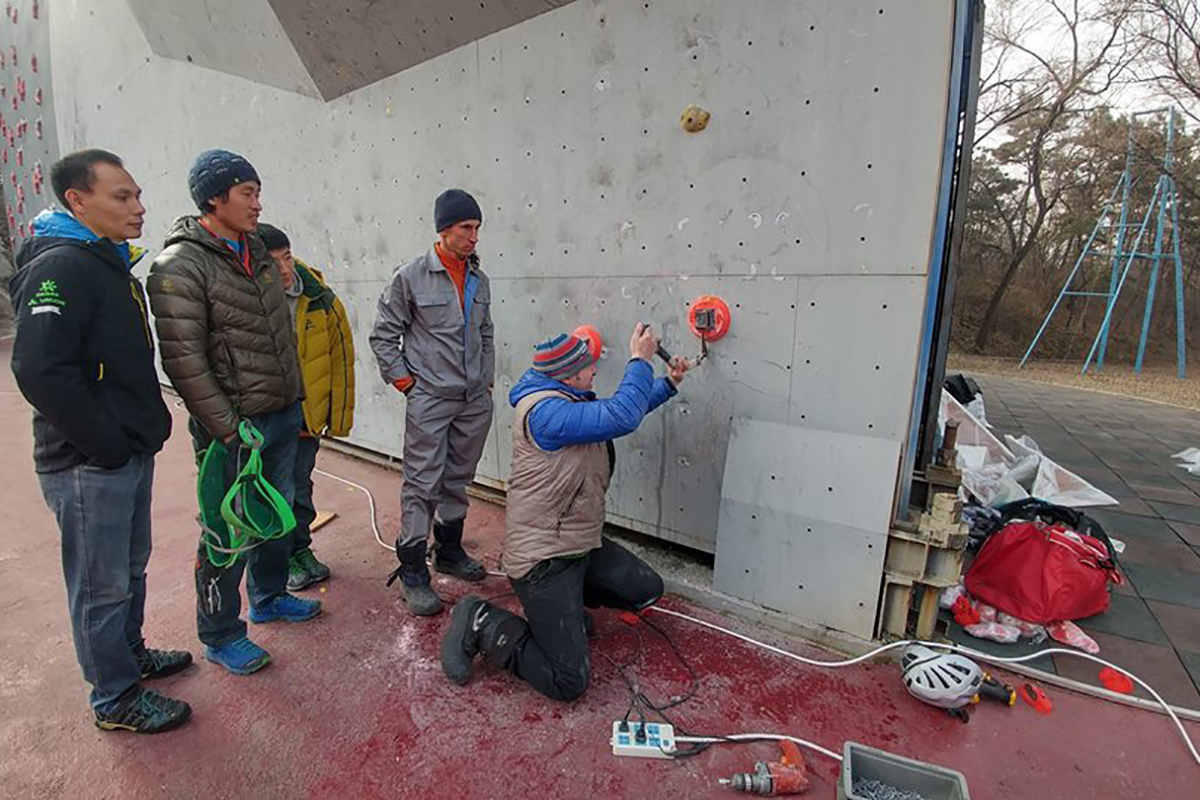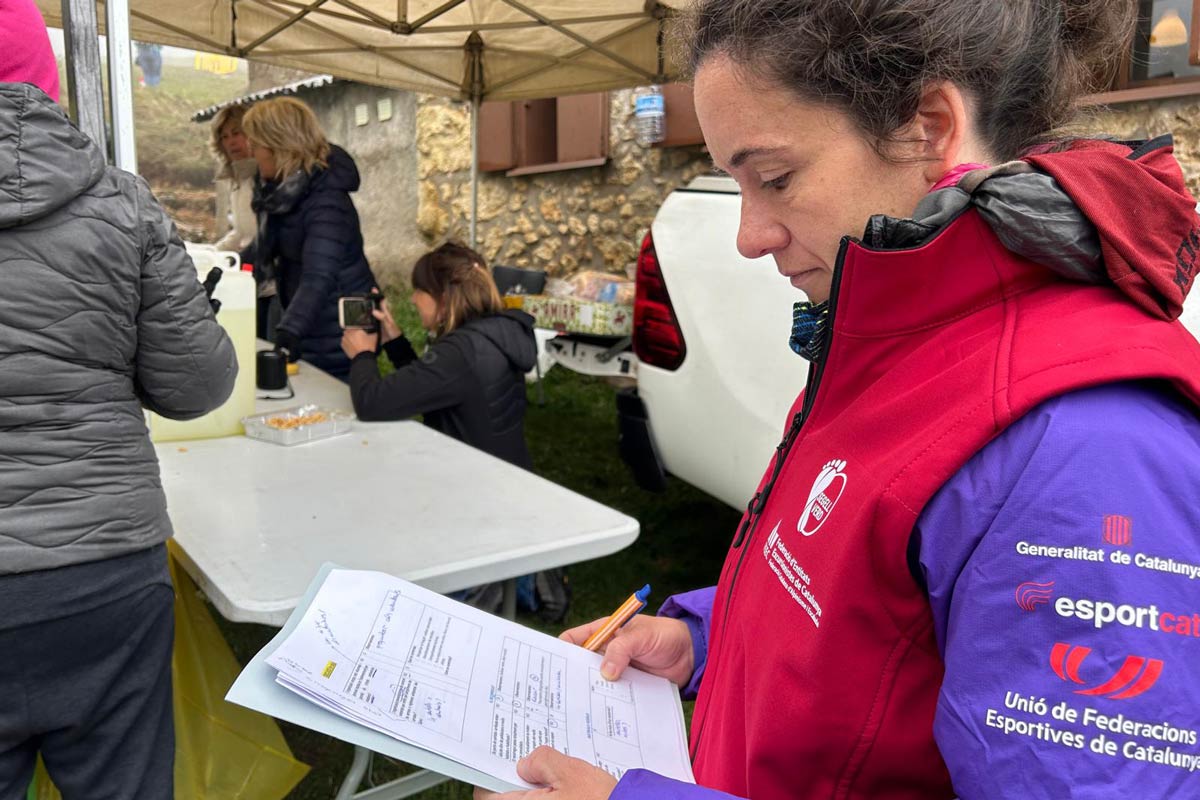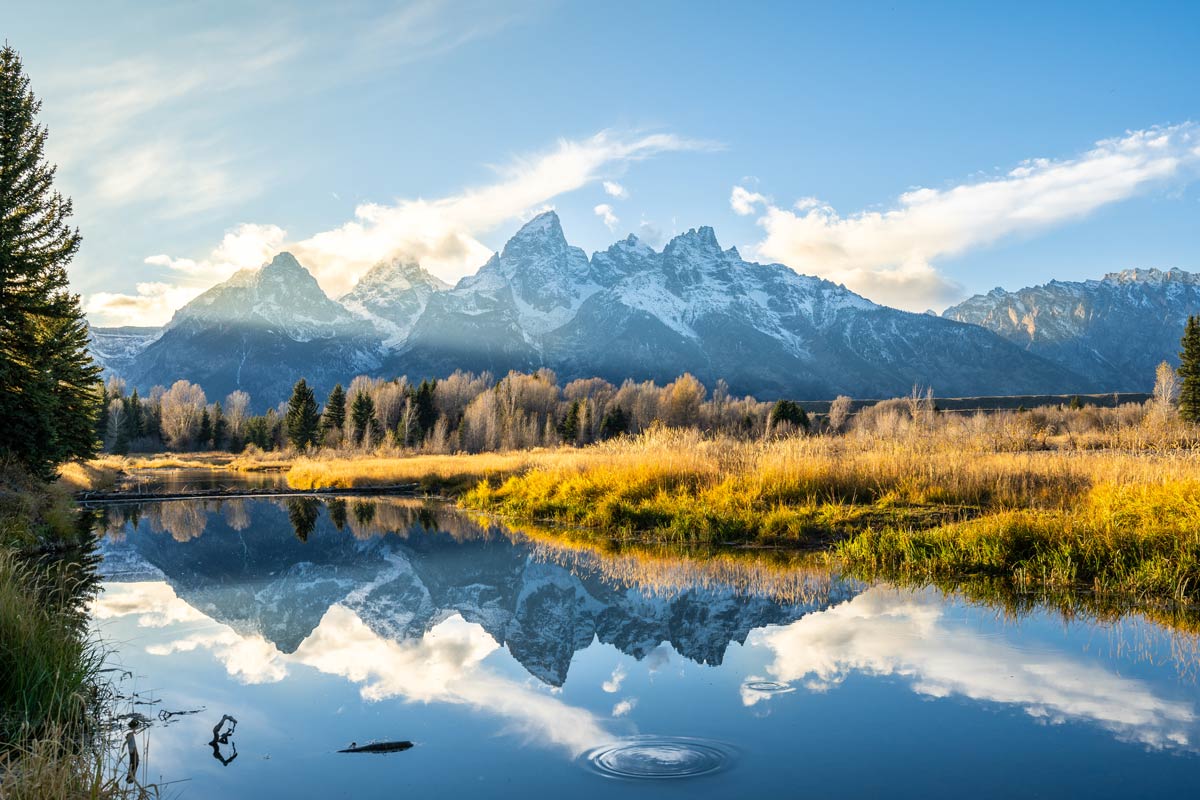Routesetting is one of the most important roles in ice climbing. Defining a vertical parcours which is technically challenging, exciting and fair for all athletes is a significant and skilled task. Russia’s Vasily Terekhin is an aspirant routesetter and one of the key members of the UIAA’s technical team of ice climbing experts deployed to map out courses during the annual Ice Climbing World Tour.
“I believe that every athlete is in some way a routesetter,” begins Terekhin. “When training alone you don’t have someone designing a route for you. So in a way, I have been routesetting ever since I started climbing.”
 Terekhin has been involved in international competitions since 2014, his first being the European Championships in Ufa, Russia, where together with Stanislav Lobzov, Sergei Borisov and Pavel Dobrinsky he created, prepared and tested a 25 boulder route on a 20m wall.
Terekhin has been involved in international competitions since 2014, his first being the European Championships in Ufa, Russia, where together with Stanislav Lobzov, Sergei Borisov and Pavel Dobrinsky he created, prepared and tested a 25 boulder route on a 20m wall.
When creating the ideal route for the lead discipline, a number of factors come into play according to Terekhin, ranging from ‘the volume of the construction itself, the choice of holds, the rank of the competition, level of athletes and the ability to work with a lifting tower (which involves rope work).’ In terms of the speed discipline there are other considerations. “Here preparation depends on the quality of the original ice.” One of the limitations for the routesetters is time. Sometimes there is an insufficient break between rounds of competition to fully reconfigure a route.
While athlete feedback is encouraged and appreciated, often an ice climber’s view of a route may be connected to their performance and results. Satisfying all athletes is almost impossible but as Terekhin explains: “I think that the most important thing is that the strongest athlete is rewarded on any given climb, and there are no technical incidents or protests. And of course it’s nice to hear kind words from the participants.”
Men’s UIAA Ice Climbing Speed Final, Beijing, January 2017
In preparing a route at a UIAA Ice Climbing World Cup normally two routesetters are involved, sometimes with the assistance of a route tester. The last word on the mapping of a course is made by the Chief Routesetter. When feasible testing is an important component, whether checking the whole route or specific technical points or problematic sections. Another important consideration for a routesetter is ensuring athlete safety, such as during the recent UIAA Ice Climbing season when Terekhin worked tirelessly in Beijing to cut of loose ice from the speed wall.
 Lead athletes are given a matter of minutes before their climb to prepare for their route. Once competition starts they must wait patiently, stretching and preparing mentally in an isolation room until called for their climb. It is a measure to ensure all athletes are given the same amount of time to prepare and familiarize themselves with a route. Once on the wall, Terekhin believes the most important quality is the following: “for a route to be interesting, it should be intriguing. Who wins, will be the best.”
Lead athletes are given a matter of minutes before their climb to prepare for their route. Once competition starts they must wait patiently, stretching and preparing mentally in an isolation room until called for their climb. It is a measure to ensure all athletes are given the same amount of time to prepare and familiarize themselves with a route. Once on the wall, Terekhin believes the most important quality is the following: “for a route to be interesting, it should be intriguing. Who wins, will be the best.”
For more details about the UIAA & Ice Climbing click here.
The UIAA Ice Climbing World Tour is partnered by The North Face Korea.



